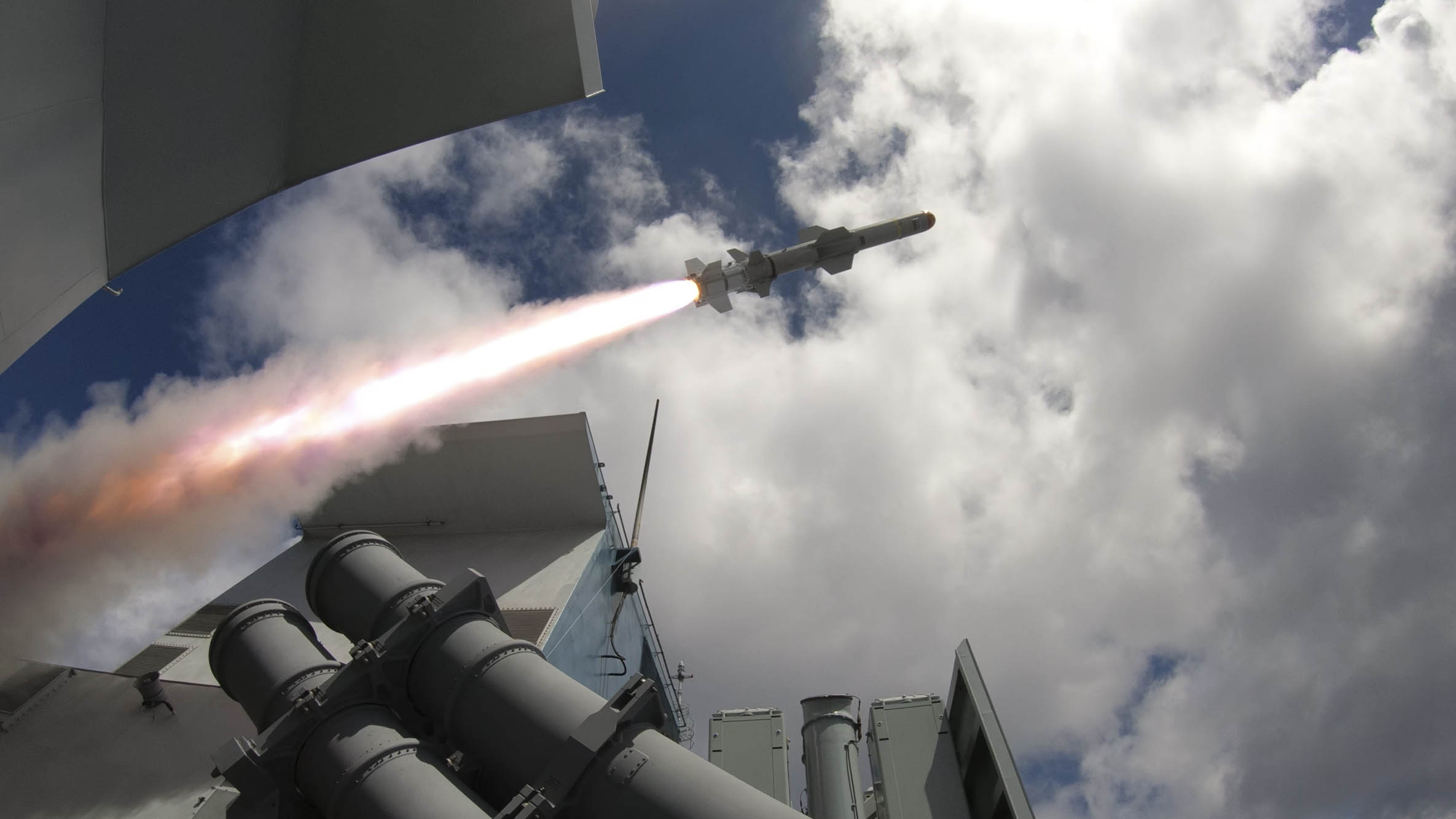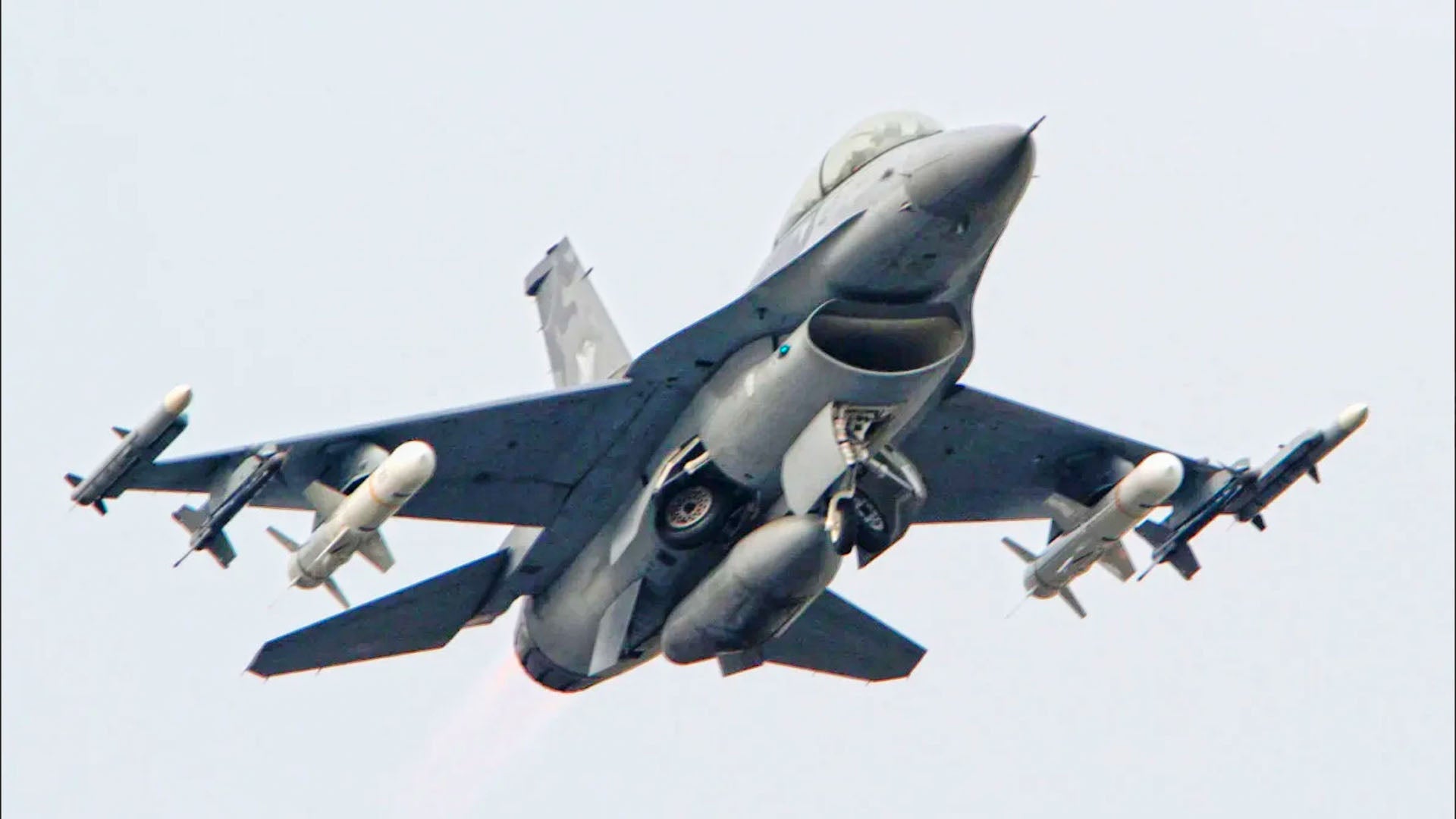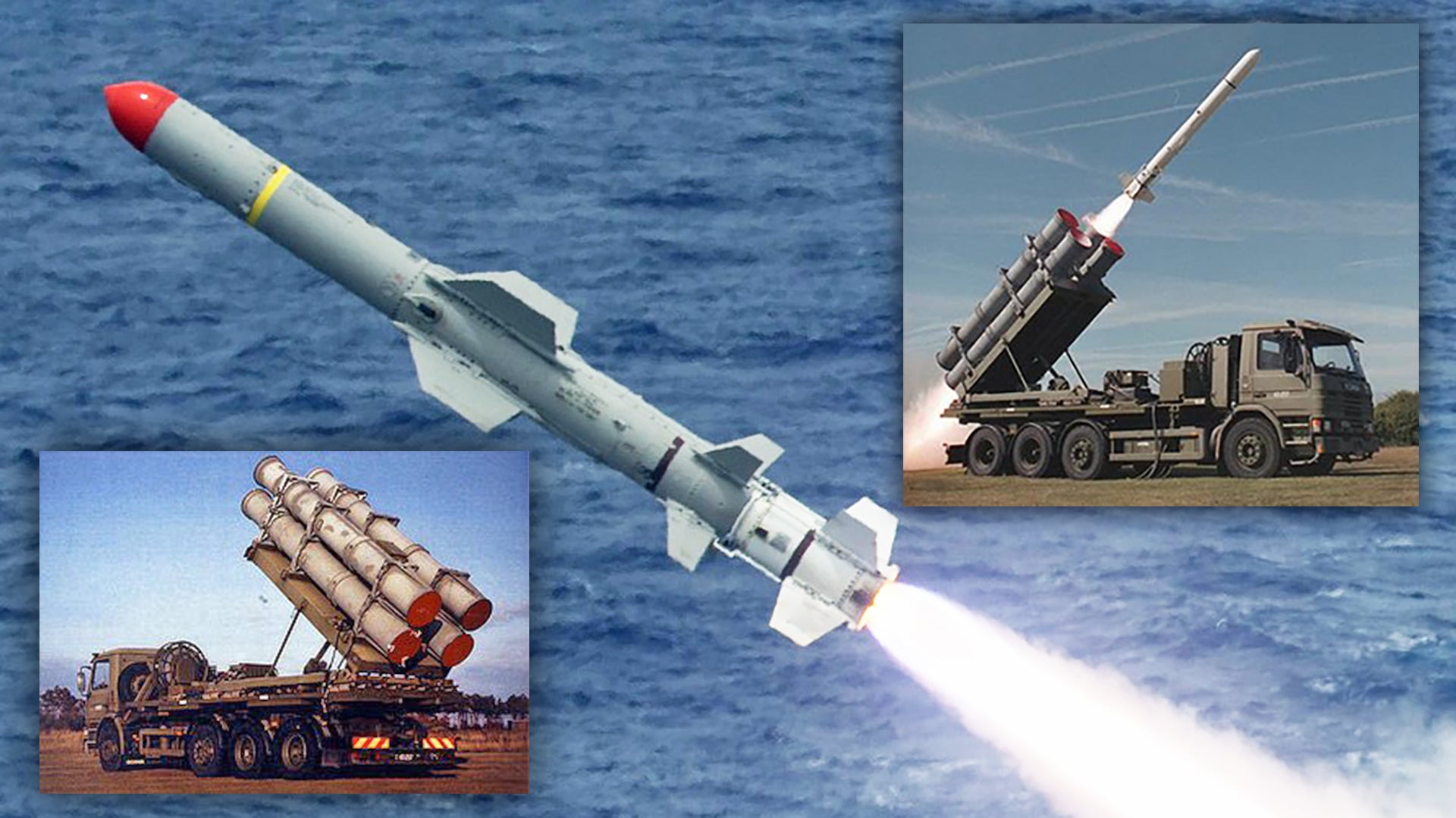Just days after the United States approved three major new arms deals for Taiwan, the U.S. State Department has now sanctioned the sale of up to 400 Boeing-produced Harpoon anti-ship missiles. Should the sale proceed as planned, Taiwan would have a highly survivable counter to any potential naval assault by forces from the People’s Republic of China (PRC), which has in the past threatened to invade.
On October 26, 2020, the U.S. State Department notified Congress of the possible Foreign Military Sale, officially for the Taipei Economic and Cultural Representative Office in the United States (TECRO), since Washington has no formal relations with Taiwan’s government. The deal, valued at around $2.37 billion, still requires Congressional approval, and its exact terms could still be subject to change. The announcement comes around five months after Taiwan publicly declared it was looking to buy ground-launched Harpoons and mobile launchers.
Looking at it in detail, the package includes up to 100 Harpoon Coastal Defense Systems (HCDS) and related equipment, including up to 400 RGM-84L-4 Harpoon Block II surface-launched anti-ship missiles, plus four RTM-84L-4 training rounds, according to the U.S. military’s Defense Security Cooperation Agency (DSCA). Also included are 100 HCDS Launcher Transporter Units and 25 radar trucks. In addition, Taiwan would receive various spare and repair parts, support and test equipment, publications and technical documentation, personnel training, and training equipment, plus U.S. government and contractor representatives’ technical assistance, engineering and logistics support services, and other logistics support elements.
While the Harpoon may lack the extreme speed or low-observable features of the most advanced anti-ship missiles on offer today, in its Block II form it is still a very capable weapon that offers Taiwan a proven and relatively low-cost answer to coastal defense. Borrowing technology from the Boeing Joint Direct Attack Munition (JDAM) and the Standoff Land Attack Missile-Expanded Response (SLAM-ER), the Block II missile includes a GPS receiver and advanced flight-control system to navigate its way to its target more precisely even in complex littoral environments. It also features a two-way data link that allows the missile to be retargeted mid-flight. The 500-pound warhead can be used against both maritime targets and those on land, if required.

Harpoon is radar-guided, which has its advantages and disadvantages. The biggest advantage being it can operate in any weather, but its radar emissions can be detected by the enemy and potentially jammed. Some newer anti-ship missiles are using imaging infrared for terminal guidance, as well as passive RF sensors. This makes the missile more survivable, but also more vulnerable to missing its target due to bad weather and infrared countermeasures.
“The United States maintains an abiding interest in peace and stability in the Taiwan Strait and considers the security of Taiwan central to the security and stability of the broader Indo-Pacific region,” an official from the U.S. State Department told the Voice of America television and radio network.
According to the DSCA, the missiles will “improve [Taiwan’s] capability to meet current and future threats by providing a flexible solution to augment existing surface and air defenses. The recipient will be able to employ a highly reliable and effective system to counter or deter maritime aggressions, coastal blockades, and amphibious assaults.”
Beyond the Harpoon’s specific capabilities, a sale of 400 new anti-ship missiles would represent a huge boost to the Republic of China Navy’s land-based coastal defense forces. The country’s military currently employs the indigenous Hsiung Feng II and Hsiung Feng III anti-ship cruise missiles, the latter of which is supersonic, but it’s thought that the local production capacity for these weapons is insufficient to keep pace with the PRC’s prodigious warship output.

There have also been hints made by Taiwanese officials that the ground-launched Harpoons will be more mobile than the existing Hsiung Feng series, which currently use tractor-trailer-mounted launchers. Although we still don’t know what kinds of trucks the Harpoons will be placed on, the choice of transporters could contribute greatly to their survivability. This would present the PRC’s military planners with a real headache if they attempted to knock out as many as a hundred dispersed Harpoon launchers to protect their own naval assets.
Fielding various anti-ship missiles with differing capabilities and performance would also help create a more sophisticated defensive umbrella around Taiwan and provide additional redundancy in the case of electronic warfare jamming or other factors that might compromise one or more of the weapons. When multiple anti-ship missile types are used in coordination against a single target, it greatly complicates that target’s ability to defend itself, as well.
As well as seeking significant numbers of land-based Harpoons, Taiwan has also been making other efforts to expand its anti-shipping capabilities, including new minelaying ships and patrol flights by Republic of China Air Force F-16 fighter jets armed with live air-launched Harpoon missiles. Still, adding up to 400 of the latest and most capable Harpoons, along with 100 highly-mobile ground-based launchers to employ them, will give Taiwan an ability to put ships approaching its shores from any direction at risk, and launching multiple missiles at each target could drastically improve their ability to damage or sink enemy vessels. This is especially relevant as China continues to rapidly expand its amphibious capabilities.
Considering the land-based Harpoon system can be mounted on flatbed trucks, finding and killing the launchers themselves would likely prove extremely challenging for enemy forces. It’s also worth noting, that targeting information for the Harpoons does not have to come from the system’s own shore-based radar, but it can come from many other sources and, in some cases where the possibility of hitting the wrong target is either an acceptable risk or there are no friendly targets in an area where enemy vessels are operating, nowhere at all.
All this increases the potential cost to China of an invasion operation, both in terms of speed of action and in loss of sailors and ships. As such, this large of a land-based Harpoon buy, if it is executed, certainly has deterrent value beyond its tactical value.

Regardless of what new capabilities the ground-based Harpoons will offer Taiwan, the proposed sale is almost certain to draw a rebuke from authorities on the mainland. As The War Zone has discussed previously, the other three recently approved arms deals come amid deteriorating relations between Taiwan, the PRC, and the United States. Those other packages included High Mobility Artillery Rocket Systems (HIMARS) able to fire short-range quasi-ballistic missiles capable of reaching the mainland, AGM-84H Standoff Land Attack Missile-Expanded Response (SLAM-ER) missiles, and MS-110 airborne reconnaissance pods.
Beijing responded to the announcements of the first three arms packages by stating that it intended to place sanctions on Boeing, Lockheed Martin, and Raytheon.
“Beijing’s efforts to retaliate against U.S. and foreign companies for their sales that support Taiwan’s legitimate self-defense requirements are unproductive,” countered U.S. State Department spokeswoman Morgan Ortagus in a statement.
We have already seen notably belligerent messaging from Beijing, in general, and there has been an uptick in military activities on both sides of the Taiwan Strait that separates the island from the mainland. The People’s Liberation Army has also shown itself increasingly willing to challenge Taiwanese forces in the region of late. All told, it’s clear that the island nation is taking the growing threat posed by the PRC’s naval might extremely seriously.
While the wider political impact of the U.S. State Department’s decision to clear the Harpoon Coastal Defense System for sale to Taiwan remains to be seen, the potential fielding of up to 100 mobile anti-ship missile launchers could frustrate any future invasion attempt by the PRC.
Contact the author: thomas@thedrive.com
